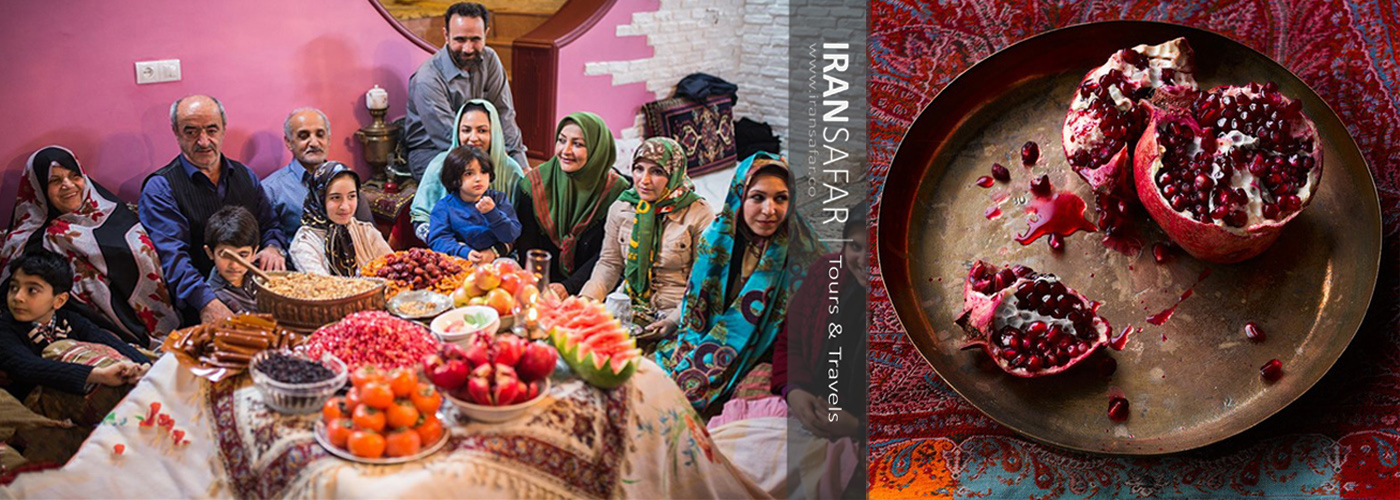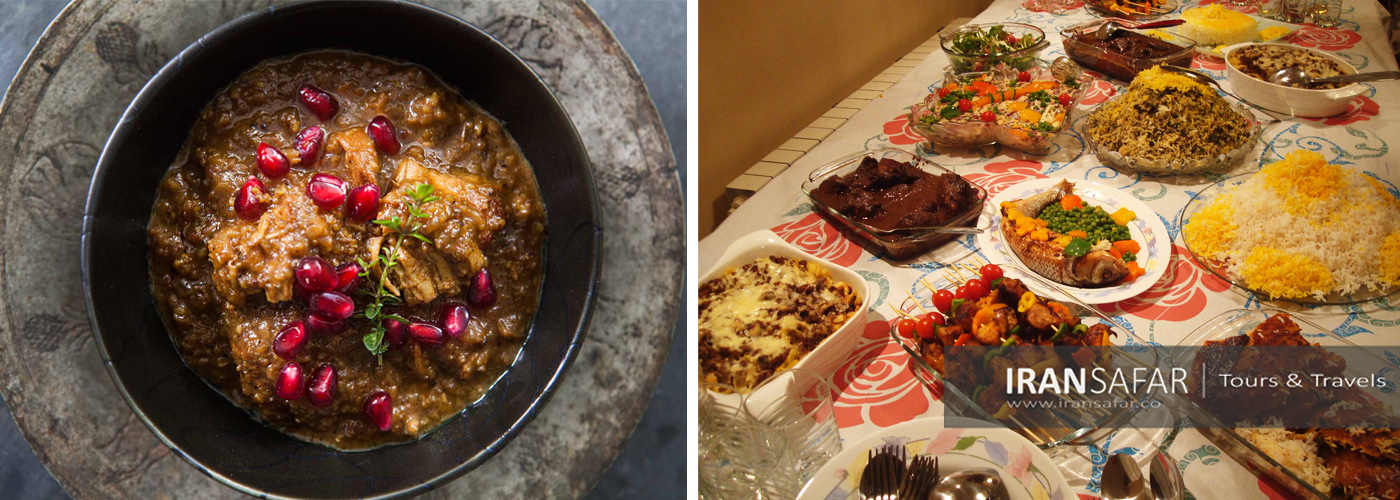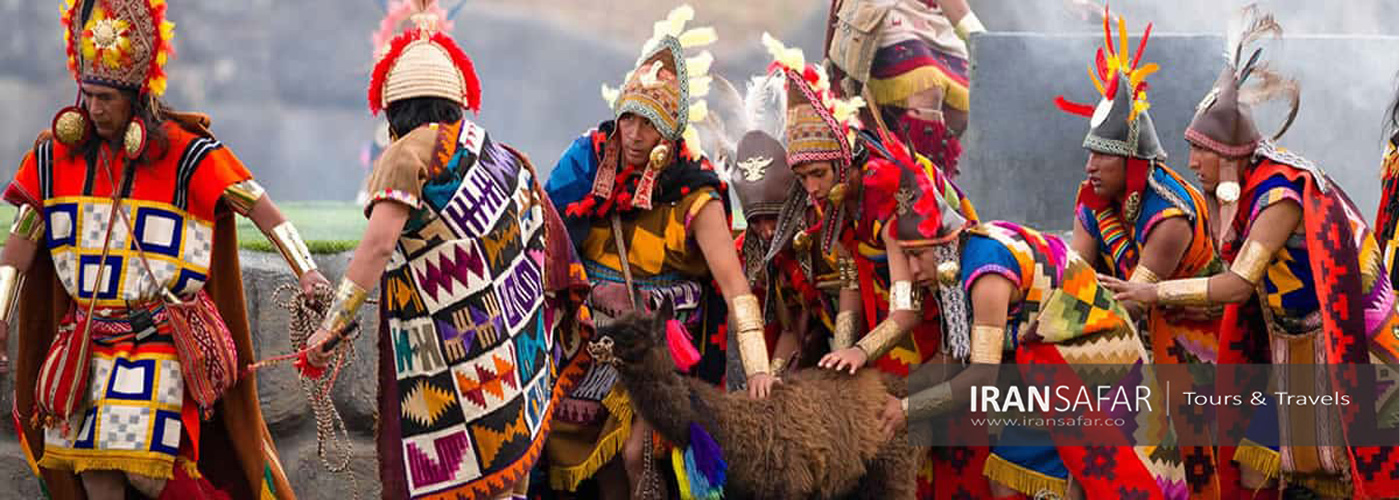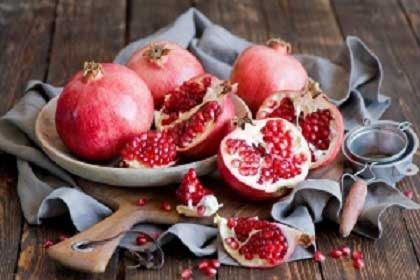Yalda Night, locally known as Shab-e Yalda, is a significant cultural celebration in Iran that holds deep historical and symbolic importance. It has been nearly a few thousand years since the last night of autumn, the Yalda Night, the longest night of the year, has been celebrated by Iranians with a variety of rituals and customs in different regions of Iran. Iranians gather on the longest night of the year to mark the winter solstice and embrace traditions that have been passed down through generations.
Yalda Night: Introduction
Yalda Night is the longest night of the year between the sunset on December 21st , the last day of autumn until sunrise on December 22nd (dates may vary), the first day of winter, coinciding with the winter solstice in the Northern Hemisphere, so after this night, the nights get shorter and the day time lengthens.
Yalda Night is a commemoration of this astronomical event, symbolizing hope and the promise of longer and brighter days ahead. Yalda Night can trace its roots to Iranian Culture , where the arrival of winter is celebrated with rituals to ensure the triumph of light over darkness.
Yalda Night History
Yalda Night can trace its roots to ancient Persian traditions since over two thousand years ago. According to ancient traditions, on the first day of month “Dey“, Persian kings left the royal throne and started a spiritual trip in the deserts, while the guards, slaves and servants of the royal palace were temporarily free and could live like others. Vessels, chiefs, the king and the common people would look the same in one place. However, this has not been proved and it may be not more than just a myth.
According to ancient Iranians (Zoroastrian and Mithraic cultures) this night is the birth day of deity “Mehr” or Mithra, and after this night the days lengthen again until vernal equinox (spring equinox) when days and nights become equal in length again.
Iranian Traditions in Yalda Night
One of the most important celebrations of ancient Iranians was the Yalda Night, which has long been so important for many years. To this day, it has found a very special place among Iranians. The Iranian customs of Yalda Night are different than any other country today.

Family Gatherings
Yalda, The last night of autumn, which is the longest night of the year, has gained a special place among Iranians who enjoy spending this long night together with family with all sorts of fun programs until dawn; to prevent the darkness and coldness caused by absence of the sun weaken their souls. Yalda Night emphasizes the importance of family and community, encouraging a sense of unity and togetherness. Gatherings on Yalda Night create lasting memories, as people go meeting their old parents, families and friends come together to celebrate traditions and share joy.
Storytelling and Poetry
Yalda Night is a time for storytelling and reciting Persian poetry, such as poems from Hafez or other famous Iranian poet Rumi connecting generations through shared narratives and cultural expressions.
Yalda night Food
The feast on Yalda Night includes a variety of traditional Persian dishes, each carrying its own cultural significance. From Ash-e Reshteh to Fesenjan Stew, the culinary delights associated with Yalda Night showcase the richness of Persian cuisine.
Fesenjan Stew | Pomogranete and walnut stew with chicken
You know you are a special guest when your host serves you Fesenjan. It’s a real treat, as it takes longer than most dishes to prepare. This medieval stew is originally from Caspian region of Iran. Traditionally, it is made with duck, chicken or with meatballs. Now it’s more commonly made with chicken and is considered one of the main dishes served in occasion of Yalda.The pomegranate, a winter fruit, adds acidity to balance and bring all the flavors together.
 Fesenjan Stew, Iranian Cuisine
Fesenjan Stew, Iranian Cuisine
Also Read : Persian Cuisine
Yalda Night Table
Fresh Fruits: Include a variety of seasonal such as pomegranates, watermelons, and persimmon, which are commonly associated with Yalda.
Candles and Lighting: Iranians place candles on the table to symbolize the triumph of light over darkness. They use red, orange, and yellow candles to create a warm and cozy atmosphere.
Dried Fruits and Nuts: Dried fruits like apricots and figs, as well as different types of nuts to the table for a festive touch.
Sweets and Desserts: Traditional Iranian sweets like Gaz (nougat) and Baklava for guests to enjoy.
Traditional Drinks: Traditional drinks such as tea, as well as sharbat (a sweet fruit concentrate).
Yalda & Christhmas
Yalda is derived from a Syriac word meaning birth and renaissance. The great scientist and calendar scholar Abu-Reyhan Biruni , known as Al-Biruni in west, refers to the night of Yalda by the name of “Milad-e Akbar“, regarded as the birth of sun.
According to ancient Iranians (Zoroastrian and Mithraic cultures) this night is the birth day of deity “Mehr” or Mithra, and after this night the days lengthen again until vernal equinox (spring equinox) when days and nights become equal in length again.
And we also know that this belief was widespread among the Romans and they called it the “Invincible Sun” (Roman: Solus Invictus ) After the Roman conversion to Christianity in the 4th century AD, the Mithra Birth-night was considered as the night of Jesus’ birth, but the exact date of Jesus’ birth is not known and some still believe that it was in summer.
Christians celebrated December 21st for several centuries as the day of the birth of Jesus until after conversion of Julian calendar into the Gregorian calendar in 15th century, the day of Jesus’ birth was marked on December 25th.
It is not clear exactly how and when the word Yalda came into Persian. It has come from history that the early Christians living in Roman territory were in great difficulty and some of them decided to migrate to Persia. Because of the proximity of cultures, this Syriac word finds its way into Persian.
Also Read : Nowrouz Celebration in Iran
Yalda in different cultures
Yalda, the Christmas Eve or the Winter Revolution; the last day of autumn, whatever you name it, is a traditional celebration of all the people to keep alive the longest night of the year.
East Asia | Dongzhi celebration
East Asian people celebrate their winter revolution with a Dongzhi celebration. A ritual that is considered one of the most important rituals among the Japanese, Chinese, Koreans, and people of the Philippines, Thailand, and Vietnam, starting at the end of the autumn evening. Families gather on this day and eat food called Tang Yuan and Rice Dumplings, foods that symbolize family solidarity in East Asian cultures.
Korea | Dispel the Evil
In Korea, a traditional food made with rice and red beans. They spray a special liquid around their home on this day to dispel the evil spirits and evil forces around them. What may have been the origin of the ancient Chinese myth that on the last day of autumn a hunter’s soul travels to the villagers’ house to find prey for the cool season.
Japan | Welcome to winter with a citrus bath
The Japanese also take citrus baths on this day to not only dispel the negative forces, but also to protect against the common cold in the winter. In the past, citrus baths were meant to be immersed in a bath tub full of citrus, but nowadays, if they were to do so, they would bathe in a bathtub with a few floating lemons and oranges.
Meso-America | Tie the sun up!
The people of Bolivia, Peru and Ecuador have in common the longest night of the year: Inti Raymi is an ancient Inca religious celebration during which Incas worshiped the God Inti or Sun. Formerly the Inti Raymi lasted about 15 days of rituals, sacrifices and dances to worship the sun god. They go to the heights point of the region and pretend to have the sun tied to the rocks in order to prolong the daytime. The last Inti Raymi held with the presence of Inca Empire Inca took place in 1535, a year before the Spanish conquest. Currently, the Inti Raymi is a theatrical performance.
 Inti Raymi Festival, Cusco, Peru
Inti Raymi Festival, Cusco, Peru
Africa | Happiness Festival in West Africa
But the most exciting event may be the festival held in the West Africa. At this festival, people come out into the streets in weird costumes like bull heads, horses, devils and angels, and play their ritual music to welcome the winter.
Yalda Night – FAQs
Q: Why is Yalda night celebrated?
A: This Iranian tradition holds profound cultural and symbolic significance, representing the triumph of light over darkness as the sun begins its journey towards longer days and shorter nights in winter.
Q: What does Yalda mean in Persian?
A: Yalda, means birth or renewal.
Q: What is the significance of pomegranates during Yalda Night?
A: Pomegranates symbolize fertility, life, and the rebirth of the sun, making them central to Yalda Night celebrations.
Q: Do Muslims celebrate Yalda night?
A: Yalda does not exist in Islamic faith. It is regarded as a cultural celebration rather than a religious one among Iranians and some other Muslim nations.
Q: Are there regional variations in Yalda Night celebrations?
A: Yes, different ethnic groups in Iran may have unique customs and variations in celebrating Yalda Night.
Q: Can non-Iranians participate in Yalda Night celebrations?
A: Absolutely! Yalda Night embraces inclusivity, and non-Iranians are often welcomed to partake in the festivities.
Q: What are some modern twists on traditional Yalda Night dishes?
A: Some modern adaptations include creative presentations


This is informative article. I would further add that Yalda nights are celebrated in central asian countries other than Iran too. Afghanistan, Uzbekistan, Tokmsnistan..all celebrate this great night more or less similar to their Iranian counterpart.